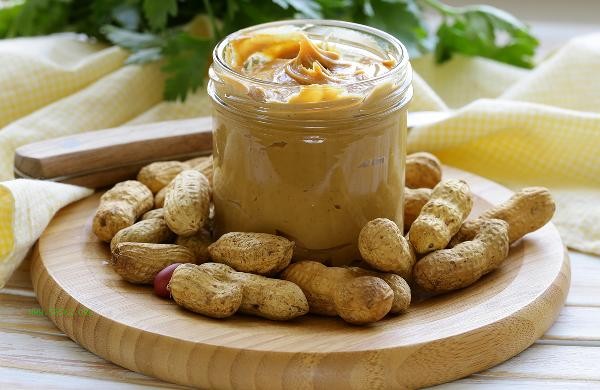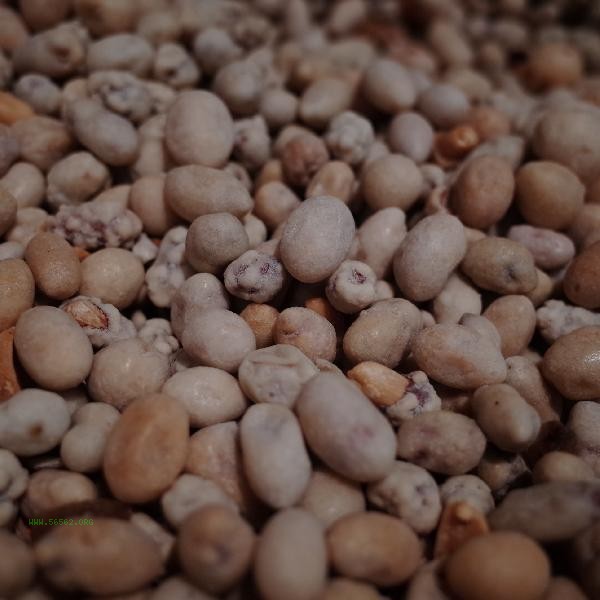After peanut infestation, it can be treated with drugs such as aluminum phosphide tablets, dichlorvos emulsion, and deltamethrin emulsion. At the same time, physical control and storage environment improvement should be combined. Peanut pests mainly include Indian corn borer, mung bean weevil, etc., and targeted measures need to be selected according to the pest species.

1. Aluminum phosphide sheet
Aluminum phosphide sheet is a fumigant insecticide that decomposes into phosphine gas when exposed to air, and can penetrate deep into peanut piles to kill adults and larvae. When using, a sealed space is required, and the processed peanuts must be fully ventilated and dispersed. This medicine has significant effects on storage pests such as Indian corn borer, but requires professional personnel to operate.
2. Dichlorvos emulsifiable concentrates
Dichlorvos emulsifiable concentrates belong to organophosphorus pesticides, which can be used to treat the storage environment of peanuts by spray. It has contact killing and stomach poisoning effects on Coleoptera pests such as mung bean weevils. After spraying, it is necessary to ensure that the peanuts are completely dry before storage. Please note that this medication is toxic to the human body, and protective equipment should be worn during operation.
3. Deltachrysanthemum ester emulsion
Deltachrysanthemum ester is a pyrethroid insecticide that has a highly effective knockdown effect on Lepidoptera pests such as Indian corn borer larvae. Low concentration solution can be used to spray warehouse walls or pads to form a protective layer. The drug has a long shelf life and low toxicity to mammals, making it suitable for regular protection in storage areas.

4. Physical Control
Exposure method: Peanuts can be spread out and exposed to sunlight above 50 ℃ for 4-6 hours. High temperatures can kill most of the insect eggs. The low-temperature freezing method requires placing peanuts in an environment of -18 ℃ for 48 hours and is suitable for small household storage. These two methods have no drug residue, but they require a sealed container to prevent secondary infection.
5. environmental Management
Keeping the humidity in the warehouse below 65% can inhibit the hatching of insect eggs, and regularly cleaning up residual peanut shells and debris. Newly stored peanuts should be kept separately for two weeks for observation, and natural insect repellents such as Sichuan pepper and garlic should be used to assist in pest control. It is recommended to use vacuum packaging or nitrogen filling preservation technology for long-term storage.

When dealing with insect infested peanuts, physical methods should be prioritized, and the use of drugs should strictly follow the safety interval. Before storage, thoroughly air dry the peanuts until the moisture content is below 8%, seal them in a ceramic jar or food grade plastic bucket, and place them in a cool and ventilated place. Regularly check peanuts for insect infested powder in daily life, and early detection can be controlled by freezing treatment to control the spread of pests. If the pest infestation is severe or the species are uncertain, it is recommended to contact the agricultural technology department for professional pest control treatment.








Comments (0)
Leave a Comment
No comments yet
Be the first to share your thoughts!